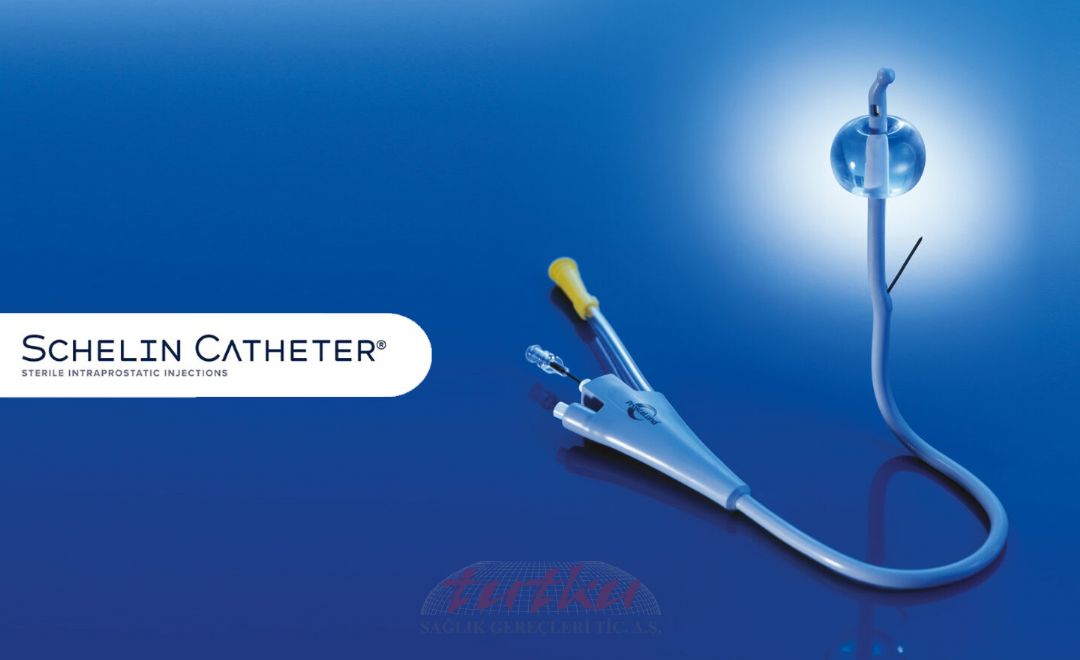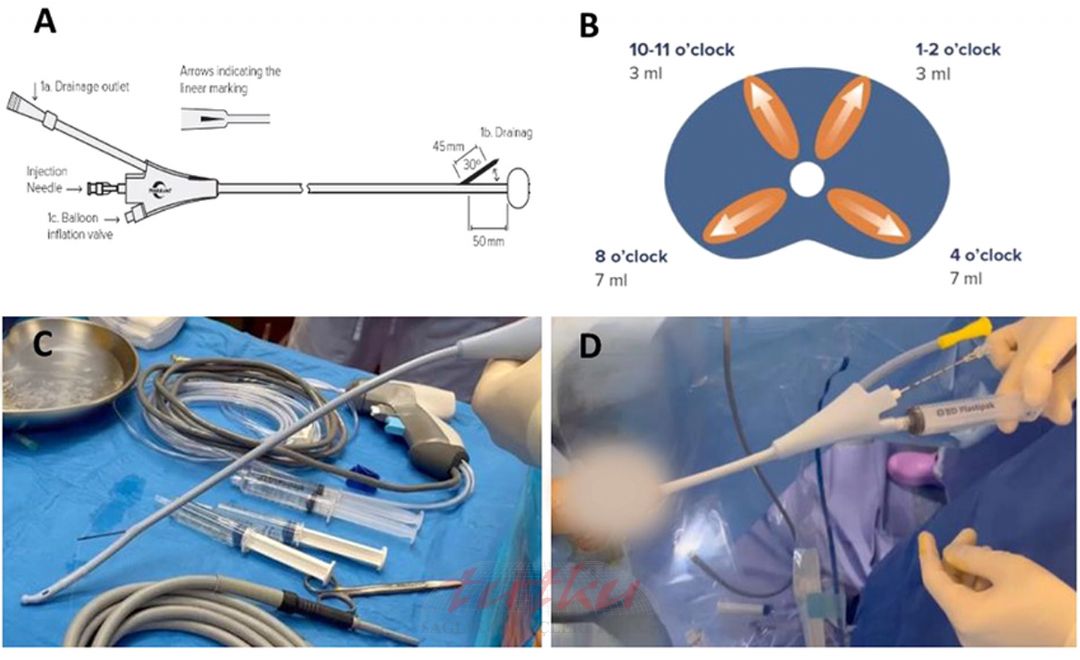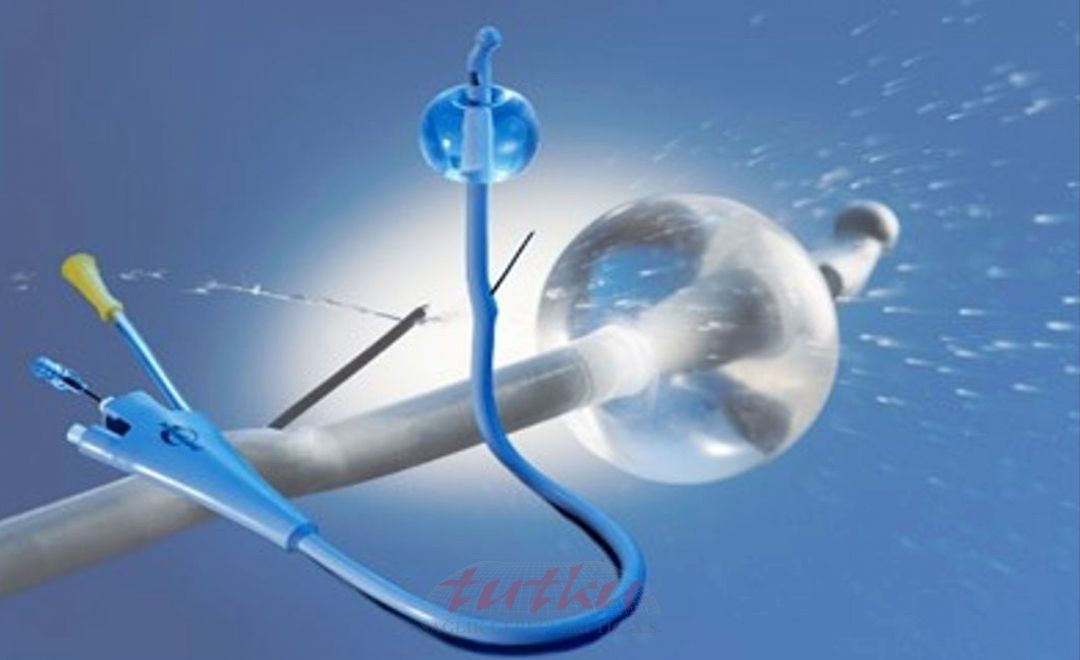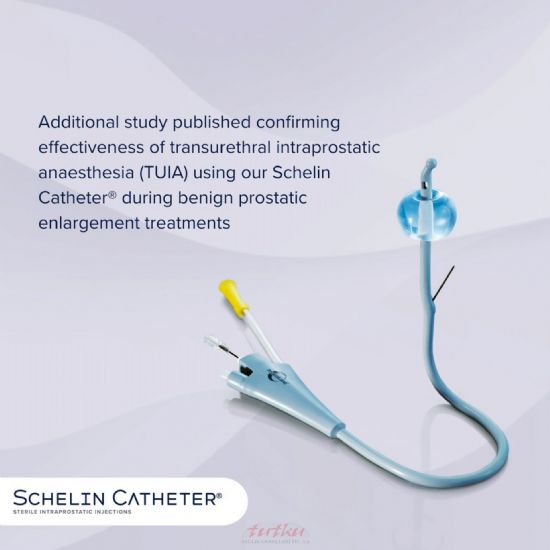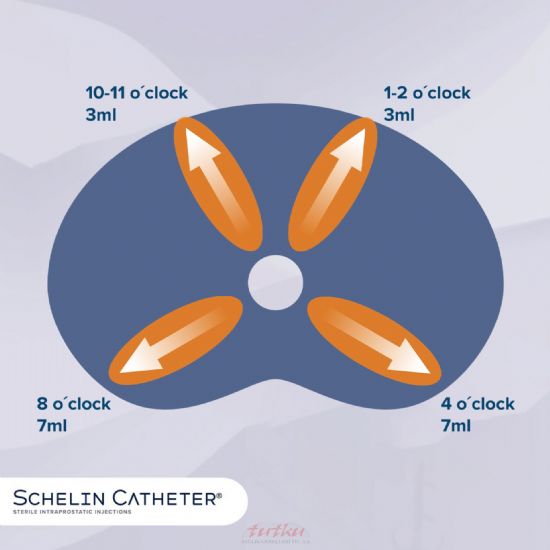Schelin Catheter
Schelin Catheter®: Minimally invasive surgical catheters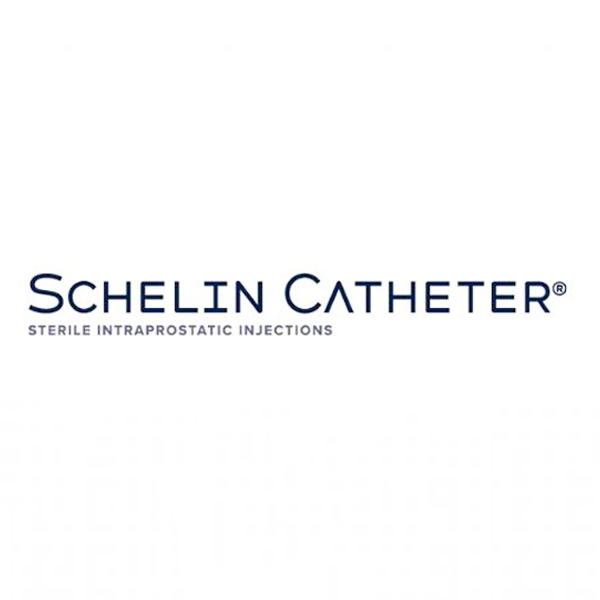
About the schelin catheter
The Catheter is a CE-marked* device for injections of legally marketed drugs into the prostate. At first glance the Schelin Catheter® looks like a normal urinary catheter but it has an extra channel through which a thermoplastic cannula is inserted. The cannula is connected to a syringe and thus drugs can be injected directly into the prostate in a sterile transurethral way.
When local anaesthesia is administered with the Schelin Catheter:
- Pain & discomfort is decreased
- The risk of pathogens from the rectum to enter the body is eliminated
- The need for general anaesthesia is eliminated
* Not approved in US, China & other MDSAP countries
HOW TO USE IT
The injection technique is based on Cleggs / Walsh’s vascular and neural microanatomy where blood vessels and nerves enter and leave the prostate in the base area. This corresponds to the inside of the prostate where a transrectal “periprostatic block” is placed at the corresponding place outside the prostate. (See picture and reference).
The Schelin Catheter is inserted into the urethra after which the balloon is inflated and anchored to the bladder neck. By rotating the catheter and adjusting the protruding part of the needle the operator is enabled to inject drugs into a number of places in and around the prostate tissue. The catheter is rotated by pushing it 2 – 5 cm further into the urethra, turned and then pulled back. The drainage lumen of the catheter also makes it possible to drain the bladder. It is not possible to remove the needle from the catheter.
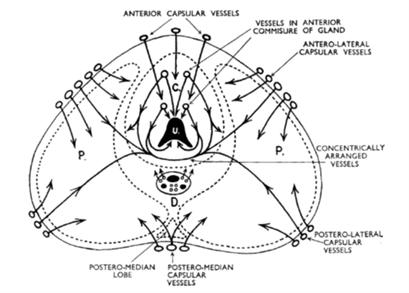 |
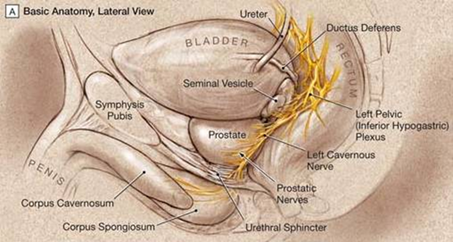 |
Recommended Catheter Positions
The injections are always made after aspiration and positioned
“Clockwise” according to Clegg’s anatomy at 1, 4. 8 and 11.
The figure on the right is an example when using it in conjunction with Water Vapor therapy.

